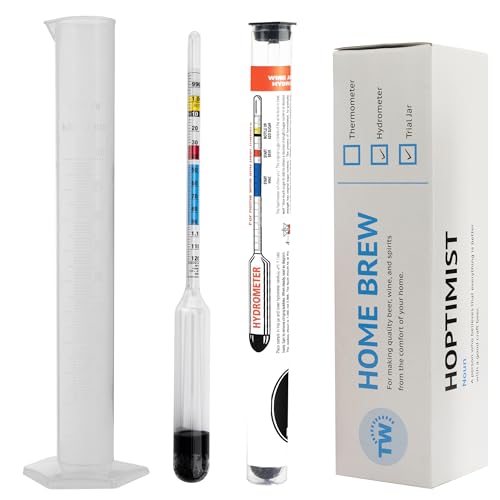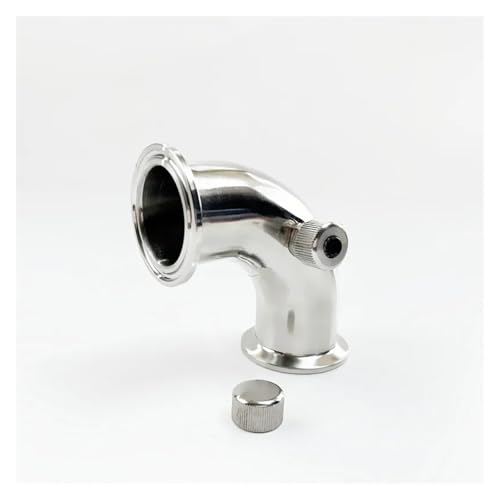The Y splitter is on the outlet from the regulator, so yes, the on regulator is for both kegs. No disconnecting needed.
The draw back of this arrangement is that both kegs have to be at the same pressure.
If you want two kegs at different pressures you need a secondary regulator with a straight through port.
You set the pressure on your main regulator at the higher pressure and connect it to the inlet of the secondary.
You then connect the keg at the lower pressure to the outlet of the secondary regulator and the higher pressure keg to the straight through port.








































